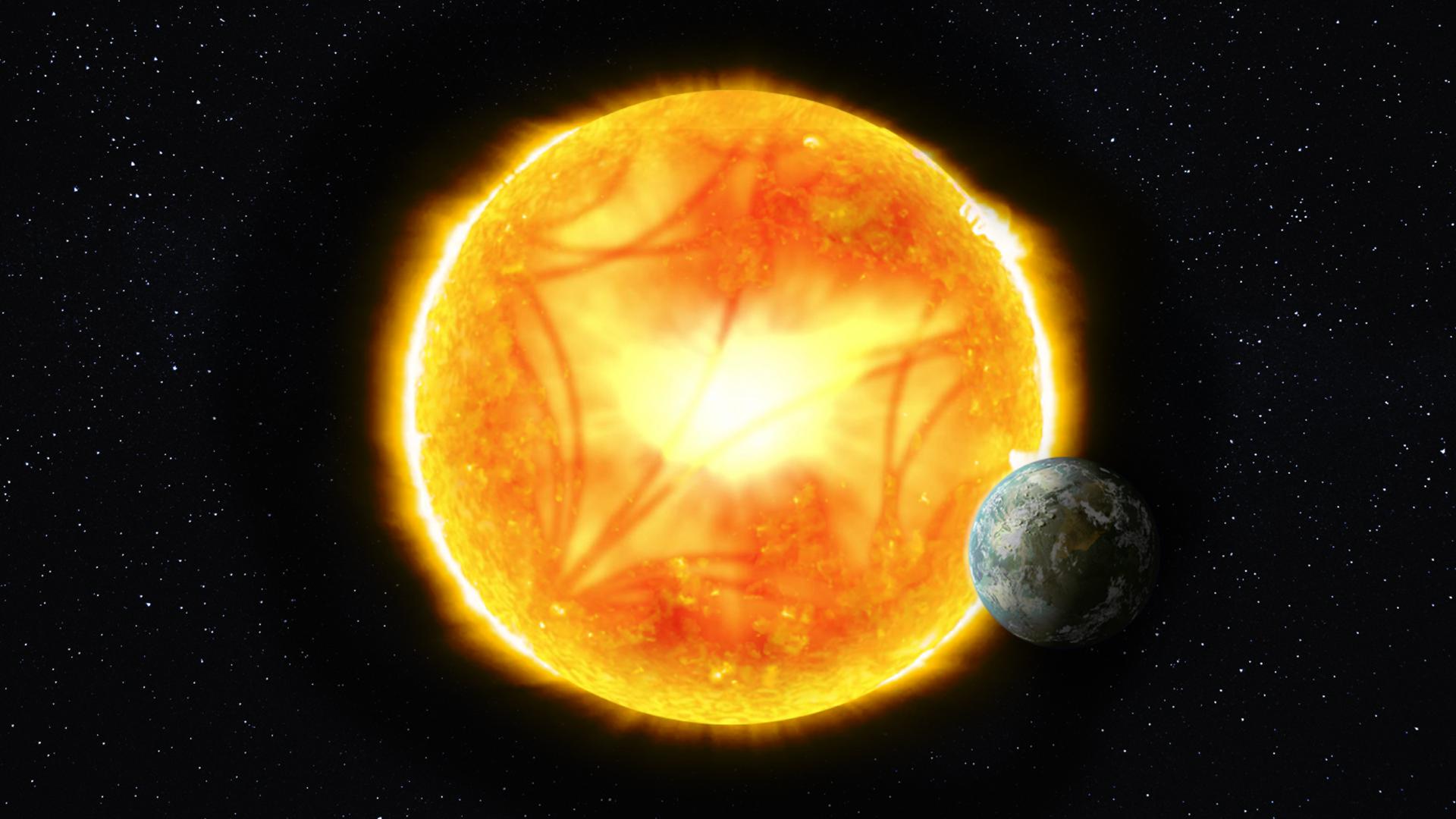In the cosmic depths,
where silence swells
a billion beacons
drift
against the ocean
of the night.
Spread across
the endless dark,
this stellar symphony
chart their course –
each astral pulse
a map to distant shores,
amongst the
flailing dance
of dying light.
Starry arias,
whose waves yield
mass,
and range,
and sight.
Celestial echoes
intoned
from spheres of gold,
their songs
as old as time,
waiting
to be heard.

This poem is inspired by recent research, which has measured the distance to stars by their music.
Accurately measuring the distances to stars, known as parallax measurement, is a critical yet challenging task in astronomy. This technique, similar to estimating the distance of a distant landmark from different viewpoints, is essential for mapping our galaxy. The Gaia space telescope plays a pivotal role in this endeavour, aiming to chart over a billion stars. However, the accuracy of these measurements can be affected by factors such as the stars’ brightness and their position in the sky, leading to potential errors that could alter our perception of the galaxy’s structure and evolution.
In this study, astrophysicists have turned to asteroseismology, the study of star ‘music’ through their internal oscillations, to enhance the precision of these distance measurements. Focusing on ‘red clump’ stars, known for their uniformity, the researchers used this method to verify the distances recorded by Gaia. By comparing the intrinsic properties of these stars, determined from their internal vibrations, with Gaia’s data, the researchers aimed to identify discrepancies in distance measurements. They discovered that while Gaia’s measurements were generally accurate for dimmer stars, there were noticeable inconsistencies for brighter ones, particularly depending on their position in the sky. This finding indicates that the methods used to adjust Gaia’s measurements, especially for brighter stars, may need to be refined. The study highlights the significance of asteroseismology in not only validating but also potentially improving our galactic mapping techniques.
Discover more from The Poetry of Science
Subscribe to get the latest posts sent to your email.